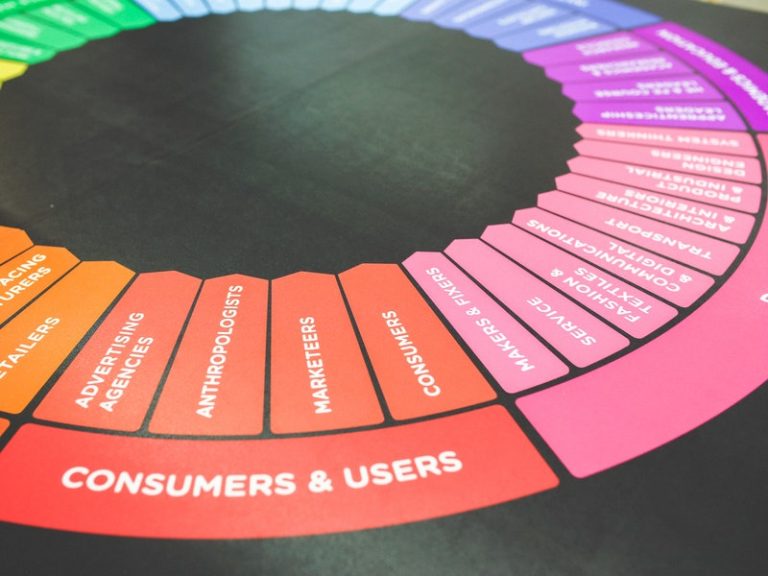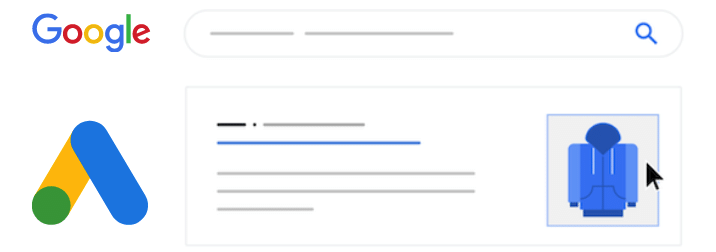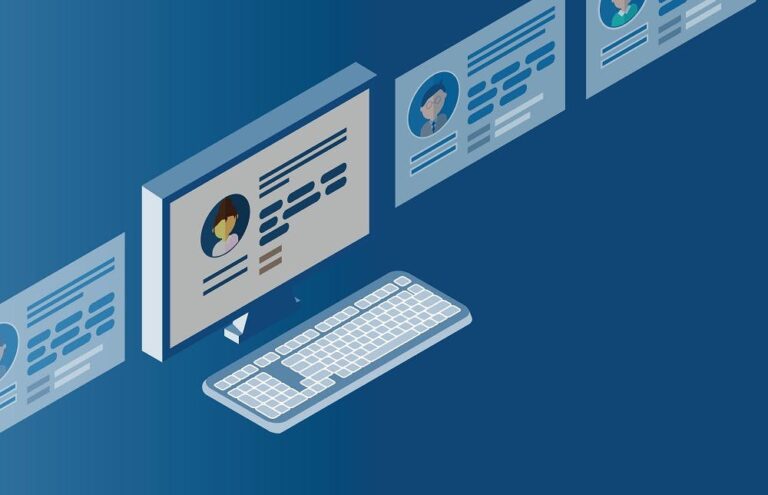
Retail ecommerce sales in India should reach .76 billion in 2021, up by 27% from 2020, according to eMarketer.
The largest category for online spending is travel, rideshares, and accommodations, with expenditures of .2 billion in 2020, although those purchases fell 54% between 2020 and 2021 due to pandemic, while food and personal care grew by 55%. Electronics and physical media — the largest category for physical goods — collected .6 billion in revenue in 2020.
Demographics
Statista estimates India’s 2021 internet penetration rate at 45%. With a population of 1.4 billion, that’s 630 million internet users — a massive number, 45 million more than in 2020.
In Q4 2020 alone, ecommerce grew 36% year-over-year. The biggest beneficiaries were the personal care, beauty, and wellness categories, which together grew by 95% year-over-year according to Kearney, a management consulting firm. Brands took advantage of the pandemic to focus on direct-to-consumer strategies, bypassing retailers. As a result, DTC ecommerce revenue grew 94% in Q4 2020 compared to the same 2019 quarter.
Changes in Indians’ purchasing behavior as a result of Covid-19 include:
Sales
India’s population is heavily dependent on mobile devices, with 96% of internet users between the ages of 16 and 64 owning a smartphone. About 79% of the population has a mobile connection, according to research firm GSMA Intelligence. Conversely, only 56% own a desktop or laptop computer, according to Global Web Index, a data provider. India is one of the least expensive countries for mobile internet access. Indians who have internet access increasingly use mobile payment services such as Samsung Pay for ecommerce purchases. New ecommerce consumers in Tier 2 and Tier 3 cities (roughly, populations of 50,000 to 90,000 and 20,000 to 49,999, respectively) accounted for much of the growth in Q4 2020 with a 90% year-over-year increase in sales stemming from better internet penetration, increased awareness, and adoption of cashless payments.
Buy-now pay-later services, which allow customers to pay in monthly installments, are growing in India and have helped consumers consummate purchases during the pandemic. For example, Amazon Pay Later launched in 2020 and now has 2 million Indian users.
- New demand for low-value products.
- A boost in first-time online customers.
- A large increase in online grocery shopping.
But ecommerce is now surging in India. Covid-19 has devasted the country in the past year with high numbers of hospitalizations and deaths. Consumers stayed home and learned to shop online.
The number of Indian start-ups that have reached unicorn status (a value of over billion) has expanded since the start of the pandemic. Many of these are in the ecommerce logistics sector.
Start-ups Thrive
Owing to its large population, India has always been an attractive ecommerce market, even if a relatively small percentage of its residents have access to the internet or adequate income. Only 3% of the population has a credit card, according to the World Bank.
- Zomato, a food delivery start-up, had a successful initial public offering in July 2021. It raised $1.3 billion for a total valuation of $12.2 billion.
- Restaurant and food delivery platform Swiggy’s latest funding round was last month. In total, it has raised $3.7 billion and is now valued at $5.5 billion. Grocery deliveries make up about 25% of the company’s revenue, with plans to increase to 50% in the next few years to compete with Zomato, according to a Swiggy founder. Delivering groceries helps increase revenue because the average restaurant delivery is just $5 in India.
- Delhivery provides transportation, warehousing, freight, and order fulfillment services. It has raised $402 million in three funding rounds since December 2020. FedEx participated in the last round in July.
- In July, ecommerce platform Flipkart completed another fundraising round, for $3.6 billion, valuing the online retailer at $37.6 billion. Majority owner Walmart joined other worldwide investors. Flipkart, which now has more than 350 million registered users, said it would use the latest funding to increase investments in technology, supply chain, and infrastructure as it focuses on fashion, travel, and groceries.


![What is Google Analytics 4, and Why Should You Implement it ASAP? [Updated]](https://research-institute.org/wp-content/uploads/2021/04/what-to-know-before-you-sell-your-small-business-768x432.png)



